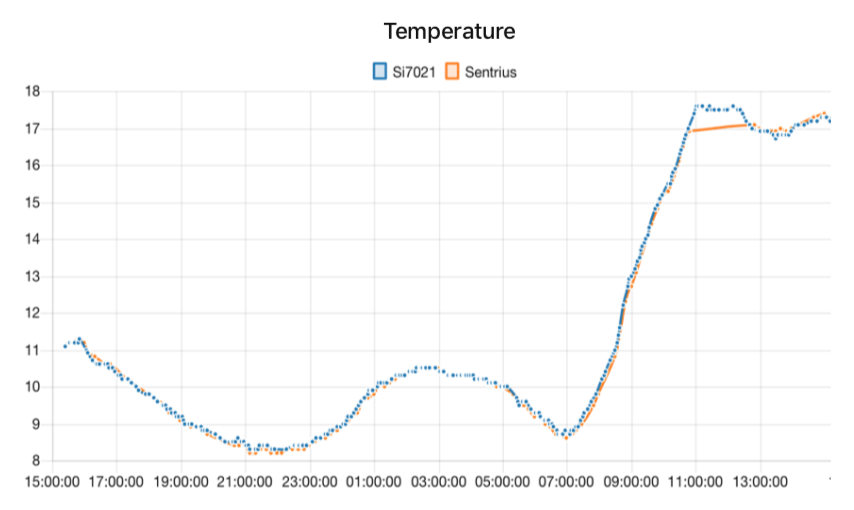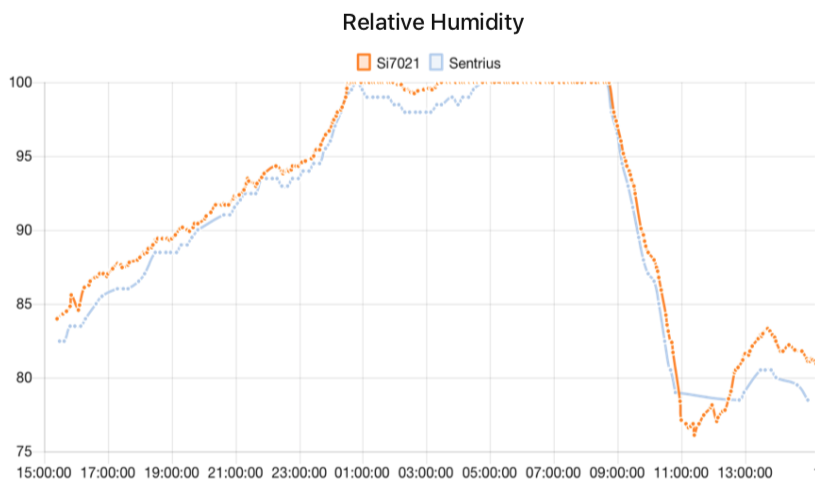release v4.4_18-10-17 :
- Add support to enable/disable confirmed packets.
- Users can now select the format of the uplink data packet in order to meet the requirements of the MyDevices Cayenne application server. The original packet format from FW version 3.1 is included under the Laird option.
- Added software watchdog timer to reset the sensor if it is not working as expected.
- Bit 3 of the options byte is used to indicate if the sensor has reset.
- Hold user button for 5 seconds to reset the sensor.
- RTC time now requested via options byte in a data packet.
- RTC requested immediately on connection and not on first data packet.
- Immediately after joining the sensor now sends an extra uplink packet containing version information.
- Previous configuration variables now retained from version 3.x to 4.x.
- The sensor will now restart after disconnecting from Bluetooth if a setting has changed.
- First uplink packet now sent at the currently loaded data rate and not the hardcoded value.
- Reduce power consumption by only performing temperature check once instead of twice.



 Plus device to device variance. As you note very consistent and I would concur with you from my own experience that the RS1xx is well made and reliable - I have a number deployed and have recommended/sold a few to others.
Plus device to device variance. As you note very consistent and I would concur with you from my own experience that the RS1xx is well made and reliable - I have a number deployed and have recommended/sold a few to others.